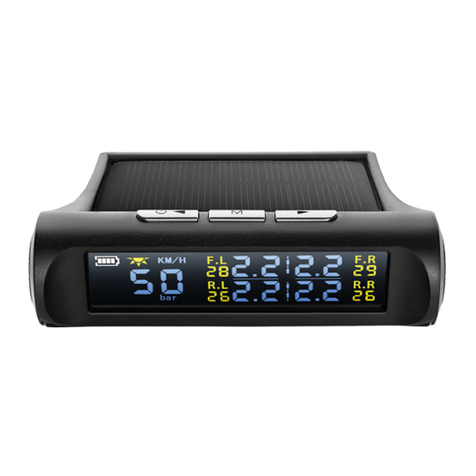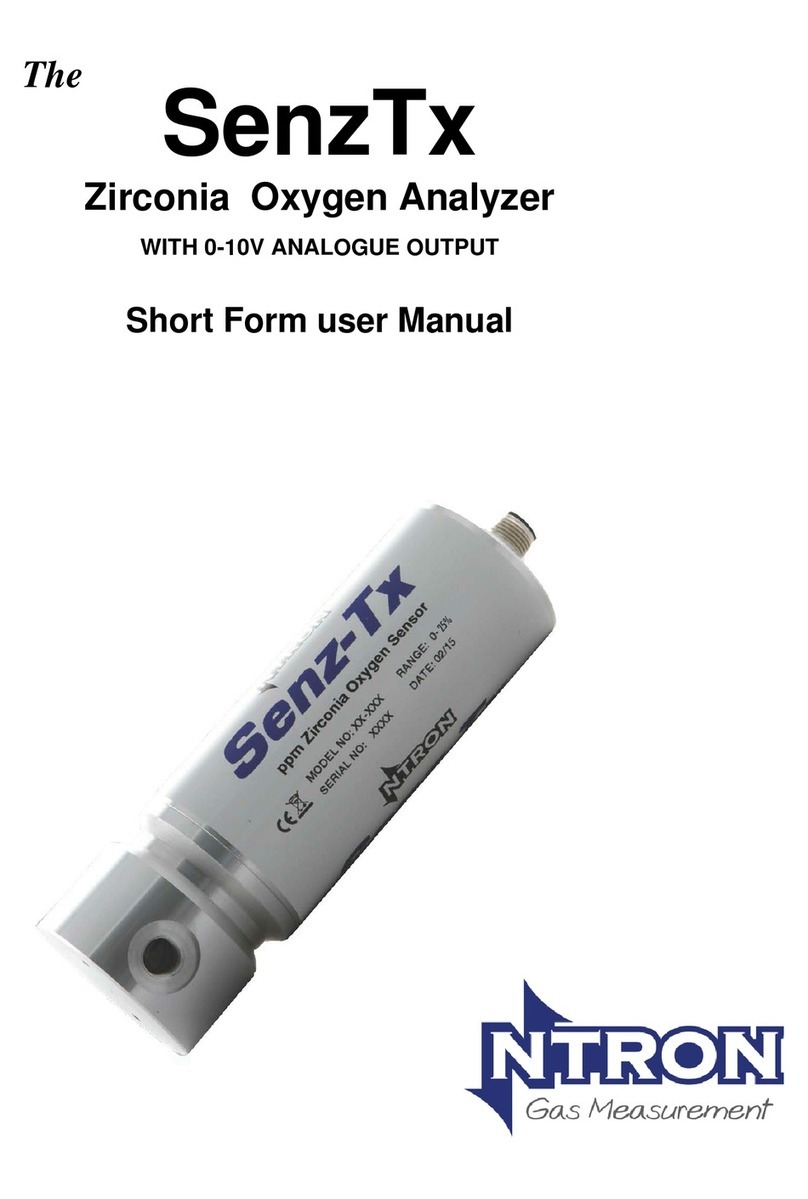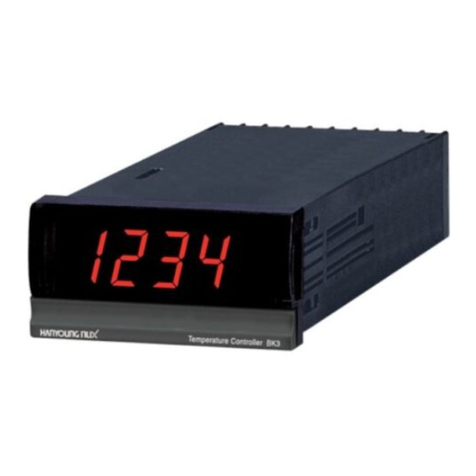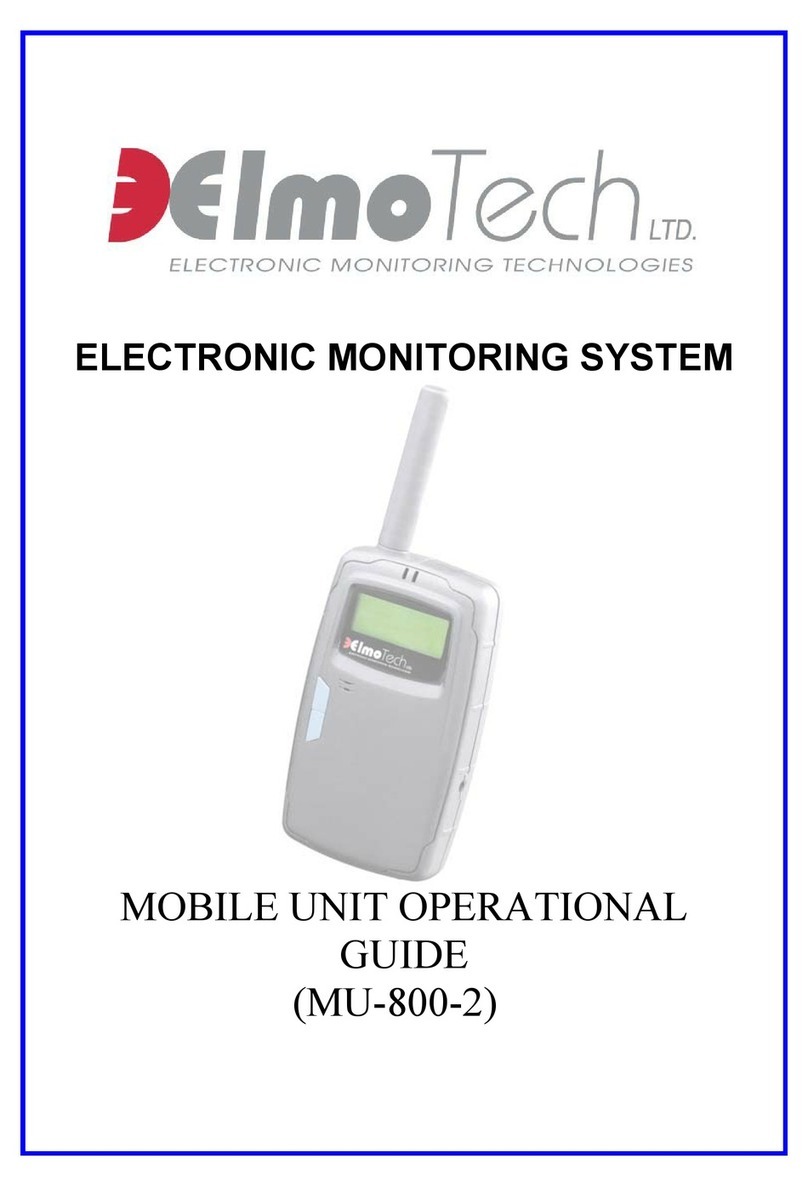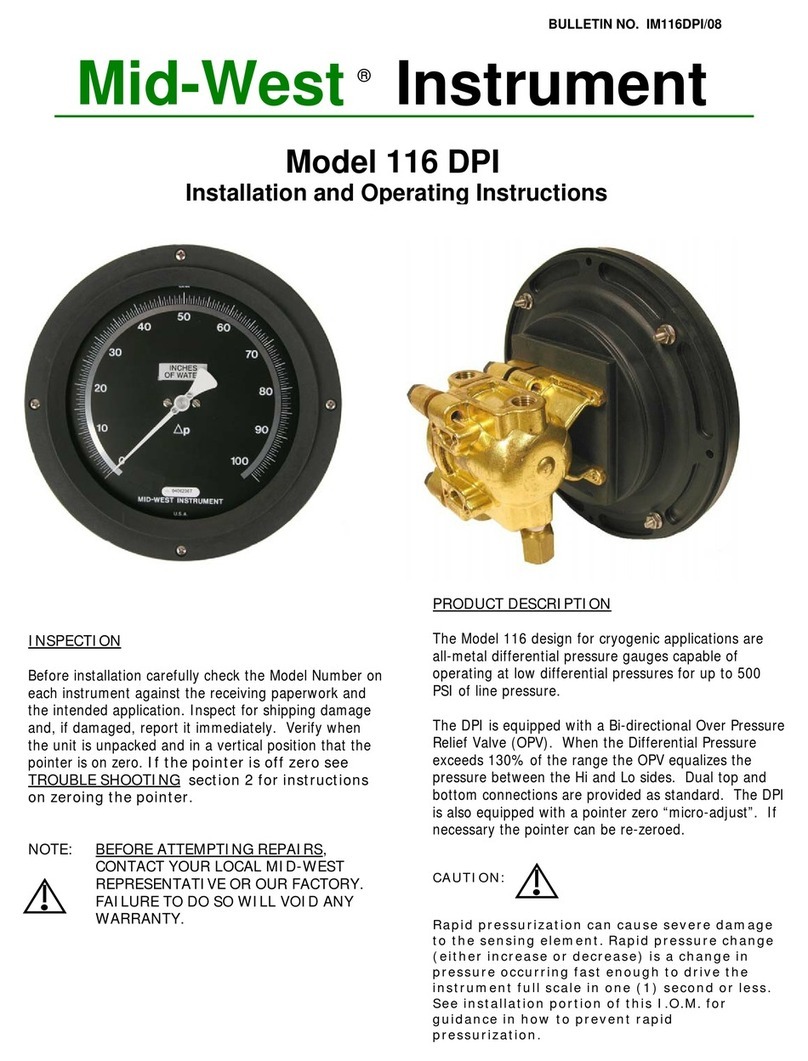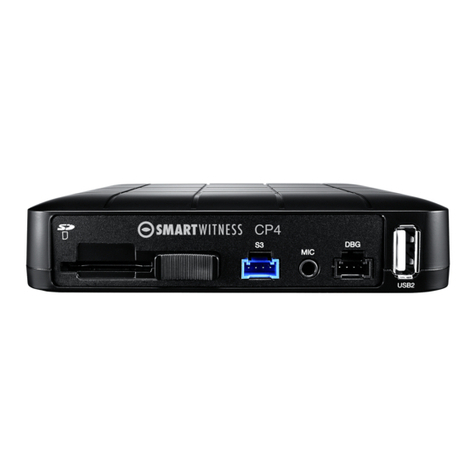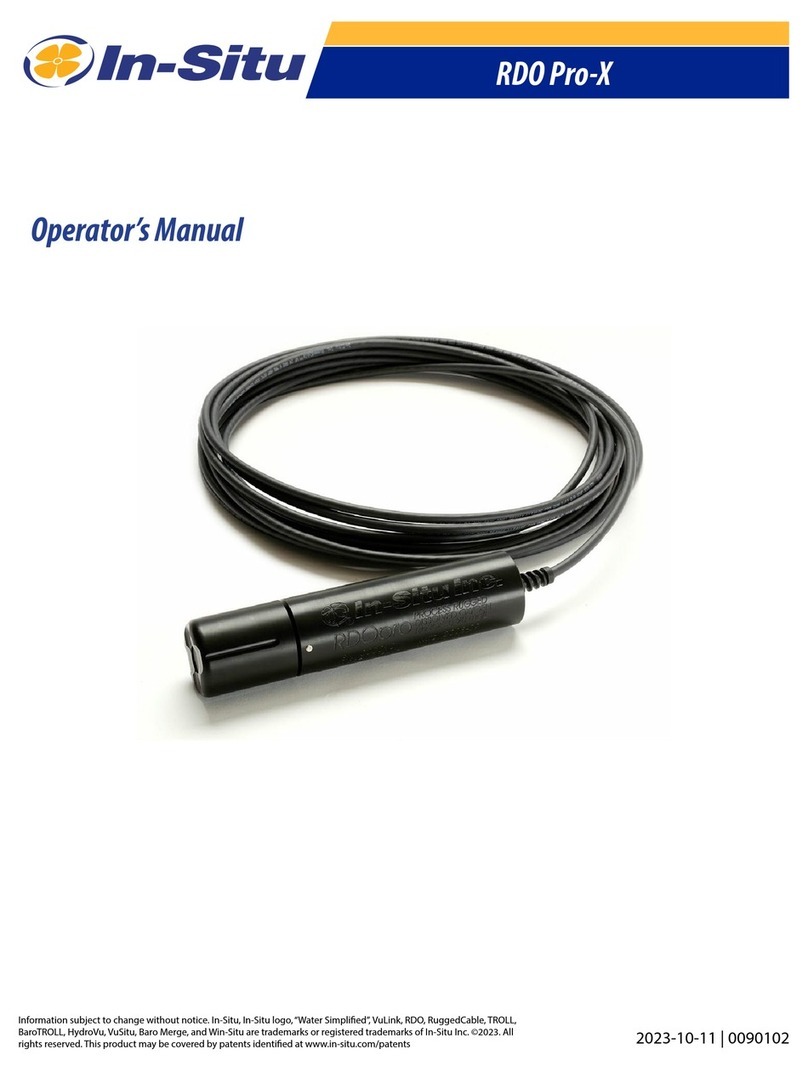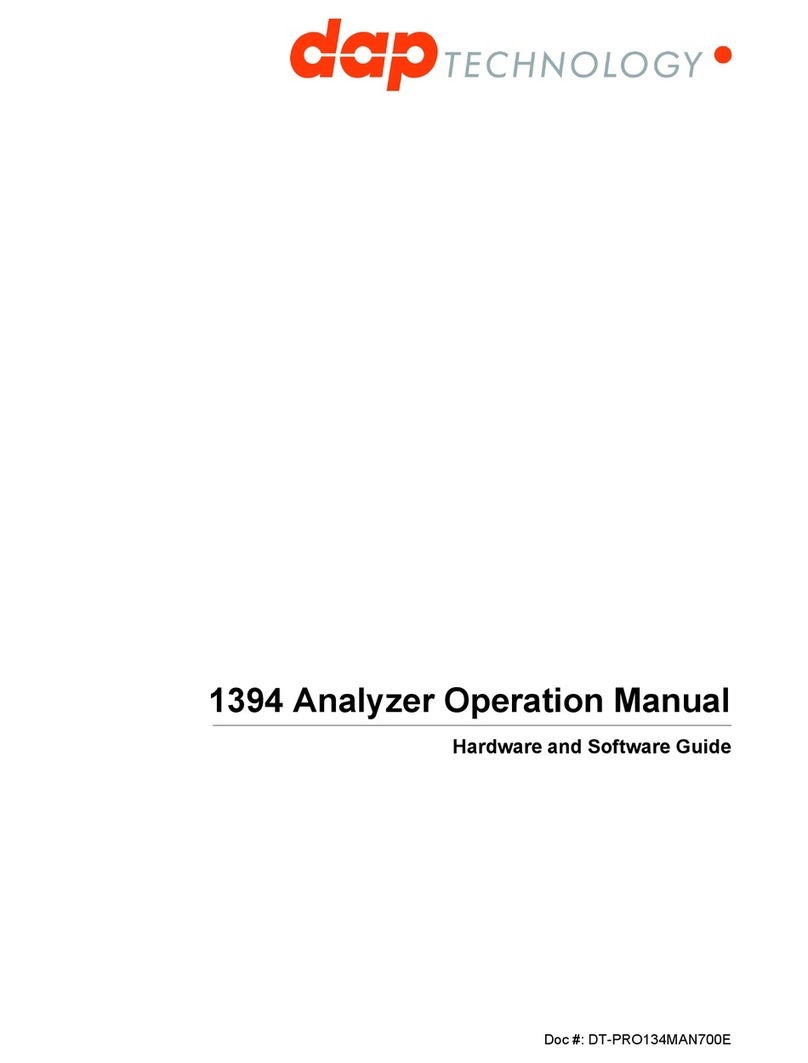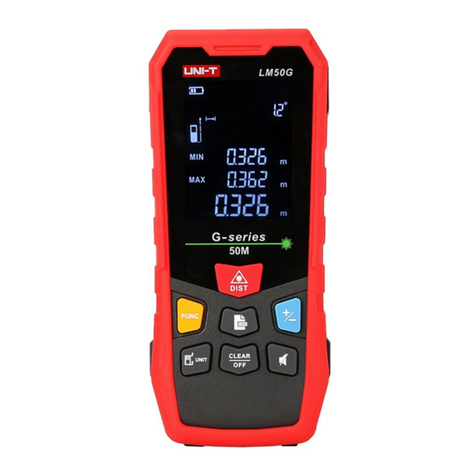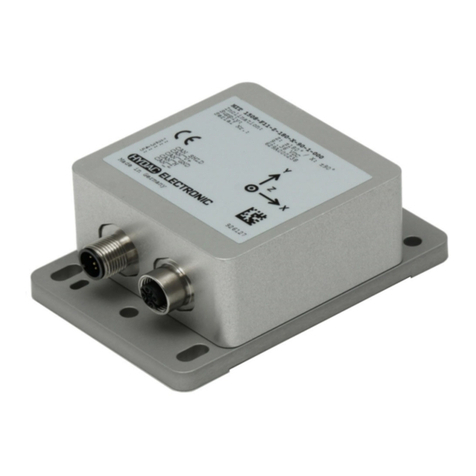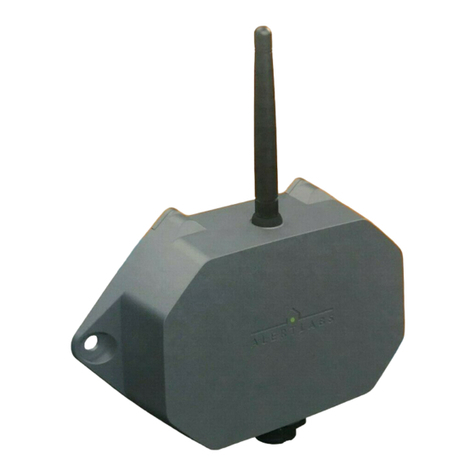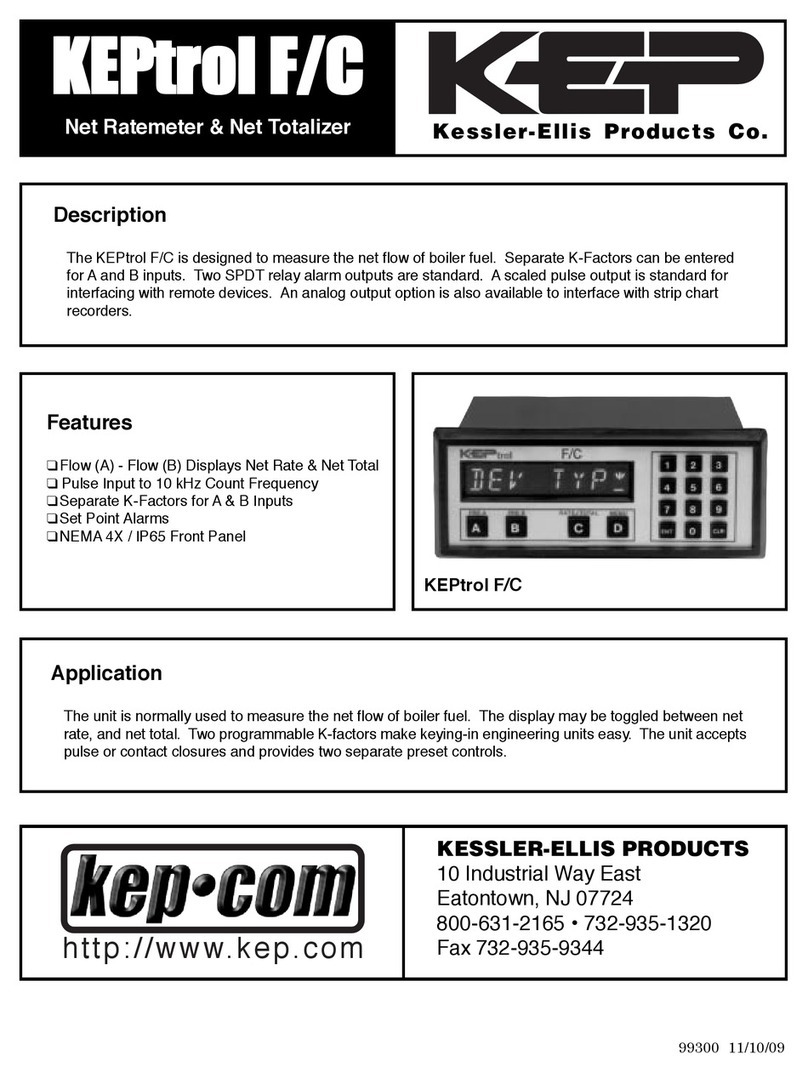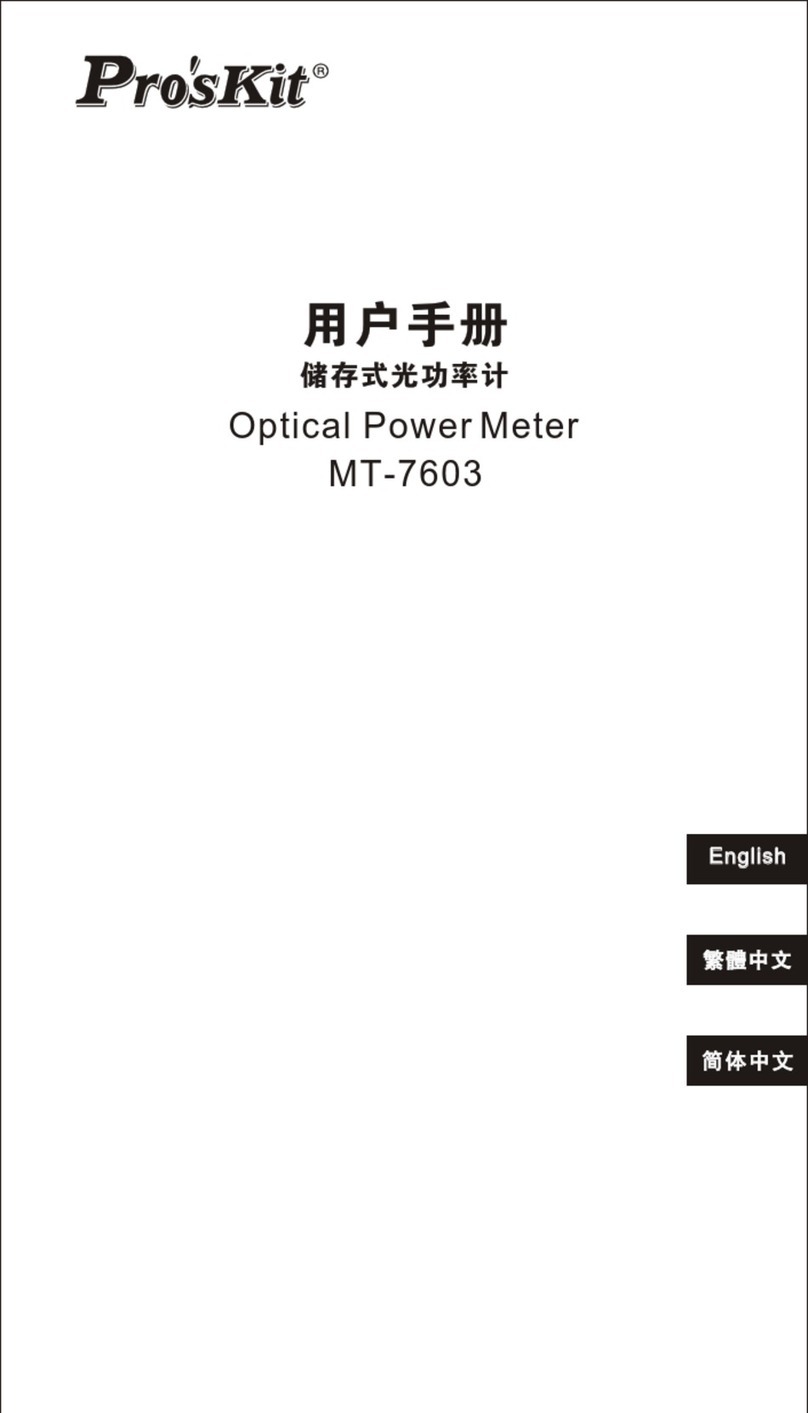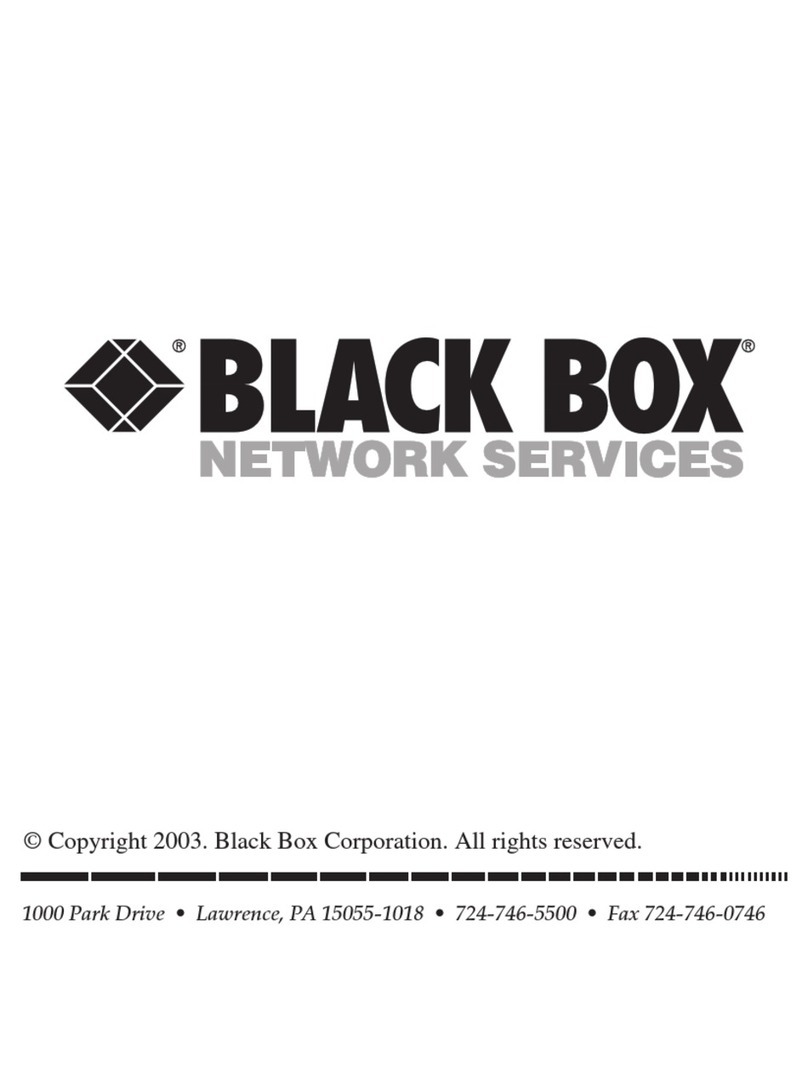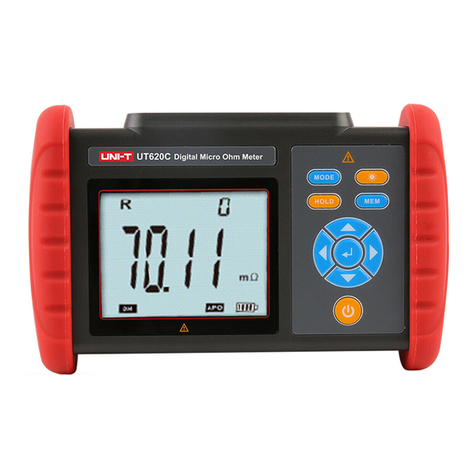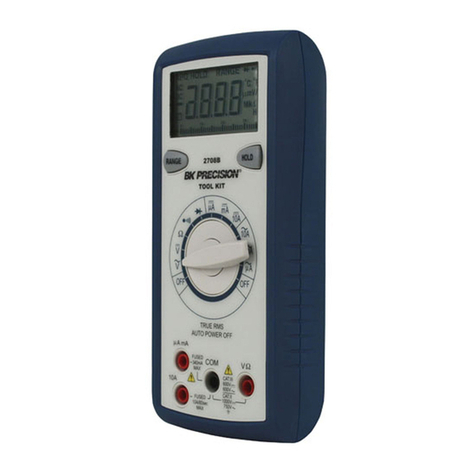AU Tool LM120 Plus User manual

www.autooltech.com
AUTOOL LM120+
Digital Manifold Gauge
User Manual

All rights reserved! Without the written approval of Shenzhen AUTOOL
Technology Co., Ltd., no company or individual may copy or back up this
manual in any form (electronic, mechanical, photocopying, recording, or
other forms). This manual is specially designed for the products of AUTOOL,
and our company will not be liable to the consequences caused by using this
manual as the operation instructions for other equipments.
If the device is damaged or lost owing to accident caused by the user or a
third party, abuse, misuse, unauthorized modification or random repair of the
device, or failure to follow the operation and maintenance requirements of
AUTOOL, our company and its branches will not be liable to any cost
caused by these conditions.
Formal statement: The other product names mentioned in this manual are
used to explain how to use this device, and the registered trademark still
belongs to the original mark owner.
This equipment is designed for professional technicians or maintenance
workers.
Trademark
AUTOOL Technology Co, Ltd. has registered its trademark in many different
countries, the trademark is AUTOOL. Any other trademark, service logo,
domain name, icon or company name mentioned in this manual belongs to
AUTOOL and its affiliated companies. In those countries where the
trademark, service logo, domain name, icon and company name of AUTOOL
has not been registered yet, we declare that they belong to AUTOOL. Any
company or person shall not use the trademark, service logo, domain name,
icon or company name of AUTOOL before getting the written approval of
AUTOOL. Please visit our website www.autooltech.com or contact us at

1.Overview
Intelligent electronic refrigerant group instrument is an auxiliary instrument
for the installation, testing and maintenance of refrigeration equipment such
as air conditioners and cold storage. The instrument has double pressure
test, dual temperature test, digital readout, multi- unit switching, multi-mode
function and built-in refrigerant database.
The instrument uses high-strength engineering plastics and flexible non-slip
silicone design, the whole machine is solid and comfortable to hold. Built-in
32-bit digital processing unit and high-precision data acquisition unit, high
data and stability. Large-size liquid crystal display, LCD backlight support,
data display clear and easy to read, convenient light operation. Long-life
valve switch, 1/4-inch standard interface design to ensure that the
instrument's durability and versatility.
The instrument can measure double pressure (gauge pressure) at the same
time, as well as dual temperature measurement, with automatic multi-unit
pressure conversion, automatic conversion of temperature Celsius /
Fahrenheit, to facilitate different needs. Built-in 89 kinds of refrigerant
pressure-evaporation temperature database, also calculate the subcooling
superheat, to facilitate direct reading of operating process data. Also it tests
percentage of vacuum measurement; pressure leak measurement, leak
time speed record. It is deserved to have this multi- functional, accurate and
simply operated digital manifold let you do the job right.
2.Safety rules and precautions
This manual includes the use of instrument instructions and warnings for
safe operation and maintenance. Failure to use the meter in accordance
with the manual may damage the instrument. This instrument strictly follows
the IEC/EN61010-1 safety standards for design and production.
1) The pressure measured by the digtal manifold pressure tester is gauge
pressure.
2) Pressure testing ranges from -101Kpa to 6Mpa (- 0.1bar to 60bar).
3) The limit pressure is 10 Mpa (100 bar).
1

4) The maximum operating pressure of standard hose is 600 PSI
( approximate 4.13 Mpa, 41.3 bar ). The limit pressure is 3000 PSI
approximate 20.68 Mpa, 206.8 bar ).
5) Please confirm the rated pressure value of the tested equipment before
testing. Do not use it if it exceeds the range of the instrument. If the packed
hoses does not match the pressure requirement, you can use suitable
replacements for testing.
6) Do not use and store the instrument in high temperature, high humidity,
flammable, explosive and strong electromagnetic fields.
7) Please do not change the instrument internal circuit, to avoid any
damage of the instrument or danger occurring.
8) Please wear qualified protective equipment to protect user during testing.
Please use the instrument in a well-ventilated environment to prevent
inhalation of toxic gases.
3.International electrical symbols
4.Product specifications
Pressure test: gauge pressure
Pressure test unit: Kpa; Mpa; bar; inHg; PSI. Pressure test range: 0 Kpa –
6000 Kpa Pressure test resolution: 1 Kpa
Pressure test accuracy: +/- 0.5 %(FS)+ 5dgt
Pressure overload limit: 10000 Kpa (10 Mpa; 100 bar;)
DC
AC
DC/AC
warning
dangerous voltage(electric shock)
earth
double insulation
fuse
battery
2

Vacuum test: relative vacuum
Vacuum test unit: Kpa; Mpa; bar; inHg; PSI. Vacuum test range: -101 Kpa –
0 Kpa Vacuum test resolution: 1 Kpa
Temperature test unit: °C (Celsius), °F (Fahrenheit) Temperature test range:
-40°C–150°C (-40°F–302°F) Temperature test resolution:
0.1°C (-40°C–99.9°C), 1°C (100°C–150°C)
0.1°F (-40°F–99.9°F), 1°F (100°F–302°F)
Temperature test accuracy: +/- 0.5 °C + 2dgt
+/- 0.9 °F + 2dgt Built-in 89 kinds of refrigerant NIST:
According to American NIST standard
Power Supply: 4 X 1.5V (SIZE.AA / LR6) Dimensions: 170* 110* 50mm
weight: 950g
R11 R113 R114 R115 R116 R12 R123 R124 R125 R1270
R13 R134A R14 R141B R142B R143A R 1 5 2 A R170 R21 R218
R22 R227EA R23 R236EA R245CA R245FA R 2 9 0 R 3 2 R 4 0 1 A R 4 0 1 B
R401C R402A R402B R403A R403B R404A R405A R406A R407A R407B
R407C R 4 0 7 D R407E R 4 0 8 A R 4 0 9 A R 4 0 9 B R 4 1 R 4 1 0 A R 4 1 0 B R 4 1 1 A
R411B R 4 1 2 A R413A R 4 1 4 A R 4 1 4 B R 4 1 5 A R415B R416A R417A R418A
R419A R 4 2 0 A R421A R 4 2 1 B R 4 2 2 A R 4 2 2 B R422C R422D R423A R424A
R425A R426A R427A R428A R50 R500 R501 R502 R503 R504
R507A R 5 0 8 A R508B R 5 0 9 A R 6 0 0 R 6 0 0 A R 717 R744
(Co2) R1234
3

5.Product Icon and description
1) Clamp-on temperature probe socket.
2) Clamp-on temperature probe socket.
3) LCD display.
4) Run/Stop button: In Leak Test Mode, Test Control Button.
5) Function button: test function mode switch button.
6) R+/R-Refrigerant Type Selection Buttons: Switch to select different types
of working refrigerants.
7) Unit button: pressure unit switch button.
8) °C/°F button: temperature unit switch button.
9) Zero button: pressure display zero button.
10) Backlit button.
11) Power button.
12) Refrigerant observation window.
13) Low pressure valve.
14) High pressure valve.
15) 1/4 inch low pressure inlet.
16) 1/4 inch high pressure inlet.
17) Pressure release valve.
18) Refrigerant inlet/vacuum pump inlet.
4

6.Function instructions
6.1 Refrigerant filling and pressure inspection
A. Turn off the blue valve and red valve.
B. Power on the instrument. Then make sure if the LCD displays pressure
test status as below picture. If not, press the Function button to switch it.
C. If the temperature probe accessories have been connected to the
instrument, the real-time temperature will be displayed. If not, no display of
it.
D. Press R+/ R- buttons , Unit button and °C/°F button to select tested
refrigerant and reading display respectively.
E. When the instrument is turned on, there may be 10 digits in the high and
low pressure display area. At this time, press the zero button long until it
returns to zero.
F. Connect the instrument to the refrigeration system according to the chart
below. (pay attention to the direction of the refrigerant flowing !!!!! )
5

G. Turn on the refrigerant valve and gently press the pressure release
valve to vent the air in the connecting hose.
H. When the refrigeration system stops, turn on the high pressure valve
(red valve) and fill with a certain amount of refrigerant and then shut the
valve quickly.
I. Run the refrigeration system, turn on the low pressure valve (blue
valve), and fill with the refrigerant into the refrigeration system. Vacuum
operation is required if it is filled initially or in full with refrigerant. Refer to the
section on vacuum operation.
J. After the filling is completed, shut the low pressure valve (blue valve) and
refrigerant valve. Let the refrigeration system running.
K. Shut down the refrigeration system, make sure all valves are turned off ,
then disconnect the instrument between refrigeration system and source.
Do not remove the high pressure valve connection until the pressure drops
to the safe point. Then turn off the instrument.
Note: The filling operation of different equipment or refrigerants may vary.
Please read carefully the relevant specific operation requirements for filling
operation, so as to avoid damage to user or equipment caused by improper
operation! ! !
◆ The instrument can display the corresponding Evaporation Temperature
(EV) and Condensation Temperature (CO) during the refrigerant pressure
test, as shown below:
◆ If the clamp-on temperature probes are connected to the instrument,
LCD will display the real-time temperature in the spot T1 Sensor and T2
Sensor, as shown below.
6

Please make sure clamp-on temperature probes are connected as step F
and contacted fully to the refrigeration pipes.
◆ The instrument can calculate the SH - Superheat and SC - Subcooling
as shown below as long as the tested refrigerant is preset and clamp-on
temperature probes are connected well.
6.2. Vacuum operation
A. Turn off the blue valve and red valve.
B. Power on the instrument. Then make sure if the LCD displays vacuum
test status as below picture. If not, press the Function button to switch it.
C. Press the unit button to adjust the reading unit.
D. When the instrument is turned on, there may be 10 digits in the high and
low pressure display area. At this time, press the zero button long until it
7

E. Connect the instrument to the refrigeration system according to the chart
below. (pay attention to the direction of the refrigerant flowing!!!!! )
(Connected clamp-on temperature probes will not affect the operation..)
returns to zero.
F. Turn on the blue valve and red valve, and start the vacuum pump.
G. After the vacuum operation is completed, turn off the blue valve and red
valve, then shut the vacuum pump.
H. At this time, pressure leak test mode can be used to check leakage in
the system ( Please refer to 6-3. Pressure Leak Test).
6-3. Pressure Leak Test
A. The instrument is power on with the blue and red valves turned off.
B. Press the Function button to pressure leak test mode shown as below.
The current pressure value is displayed at lower right corner of LCD.
C. Press the Run/Stop button to start the leak test, as shown below:
8

At this time, the lower left corner records the initial pressure value; the
lower right corner shows the instantaneous pressure value; the “ΔP” display
area shows the difference between initial pressure value and instantaneous
pressure value.
The time display area shows how long the leak test lasts in the format of
Hour : Minute (HH:MM). All the pressure units on the screen are the same.
You can switch different pressure units by pressing the unit button.
7. Common problems
7-1. Low battery power supply
The instruments has low power sign. When it is displayed , it means the
battery power is insufficient. At this time, the battery should be replaced as
required in order to avoid affecting normal use.
7-2. Damaged refrigerant hose or valve stem
Please check the pipe fittings and the hoses before testing. Once any
damage is found , please replace it immediately to avoid improper use or
any accident occurring.
7-3. Failure of refrigerant filling
There is a valve core in the refrigerant inlet of the refrigeration system.
When connecting the instrument, pay attention to the two terminals of the
hoses. Connect one terminal with a core to the refrigeration system, while
another terminal without a core to the instrument.
7-4. Potential leak points
Every hose terminal comes with a nylon pad that is limited a certain life of
using. Over use or other situation will make it defective, which result in
leakage.
9

The instrument refrigerant inlet (the middle port of the instrument ) has a
port with valve core , which is used to vent the air in the hoes after
connecting the refrigerant to the instrument.
The port is equipped with a copper plug screw. It is required to tighten it
every time before or after operation.
Check the refrigeration system's pipes and connectors.
8. Glossary
Saturation
The state of saturation is the coexistence of a refrigerant in a liquid and gas
state.
Condensation temperature and evaporation temperature
Condensation temperature: in the condenser, the refrigerant is condensed
by the high-temperature gaseous refrigerant to the temperature of the liquid
refrigerant, that is, the saturation temperature under the condensing
pressure.
Evaporation temperature: in the evaporator, the refrigerant evaporates from
the liquid refrigerant to the temperature of the gaseous refrigerant, that is,
the saturation temperature under the evaporation pressure.
Degree of subcooling and superheat
Subcooling: condensing temperature - condensing outlet temperature.
Superheat: evaporation outlet temperature - evaporation temperature.
The lower subcooling can make the refrigeration capacity of the system
better. Adding subcooling circuit and economizer in the refrigeration system
is to increase the subcooling for refrigerant increasing.
Every hose terminal comes with a nylon pad that is limited a certain life of
using. Over use or other situation will make it defective, which result in
leakage.
The degree of expansion of the expansion valve (refrigerant charge) affects
the degree of superheat. The greater the degree of superheat, the smaller
the opening of the expansion valve can be determined (the refrigerant
charge is less).
10

Sensible heat and latent heat
The amount of heat required to raise the water temperature from 0 degrees
to 100 degrees is sensible heat, the water is heated to 100 degrees, and the
hot water becomes water vapor, but the temperature is still 100 degrees.
The heat required for this process is called latent heat.
Gauge pressure and absolute pressure
Gauge pressure: Gauge pressure refers to the pipeline pressure, refers to
the pressure measured by pressure gauges, vacuum gauges, U-shaped
tubes, etc., also known as relative pressure. The “table pressure” starts with
atmospheric pressure and the symbol is Pg.
Absolute pressure: The pressure directly acting on the surface of a container
or object is called "absolute pressure", the absolute pressure value is
absolute vacuum as a starting point, the symbol is PABS (ABS is a
subscript) and the absolute pressure is atmospheric pressure + gauge
pressure.
At atmospheric pressure, the gauge pressure is 0 and the absolute pressure
is 1.013 bar.
Dry bulb temperature, wet bulb temperature and black ball temperature
Dry bulb temperature: the temperature measured by ordinary thermometers.
Wet bulb temperature: a wet cloth is wrapped around the thermometer, and
the temperature indicates a drop due to the evaporation of water. The
temperature at this time is called the wet-bulb temperature.
11

After-sale Service
Warranty
We offer repair service or replacement according to the specific type of the
fault.
We guarantee that all the parts, accessories and device for replacement are
brand new.
AUTOOL will bear the shipping cost and offer the corresponding
accessories for replacement without charge if the customer sends us video
and pictures of the product that fails within 90days after receipt.
If the product has been received for more than 90 days, we will provide the
spare parts for replacement without charge but the buyer is supposed to
bear the other relevant costs.
The warranty is void if the product is:
* Bought through non-official channel;
* Damaged because of improper use or maintenance not following the
user manual;
Declaration
Please note that AUTOOL reserves the right to change product designs and
specifications without notice. Images or descriptions in this manual are for
illustration purposes only. Actual products may vary in terms of appearance
and color. We are always trying to offer an accurate user manual, but we
can hardly guarantee that there is absolutely no difference. The right of the
final interpretation of the products belongs to AUTOOL, and we will not be
liable to any loss or damage caused by misunderstanding.
12
Table of contents
Other AU Tool Measuring Instrument manuals
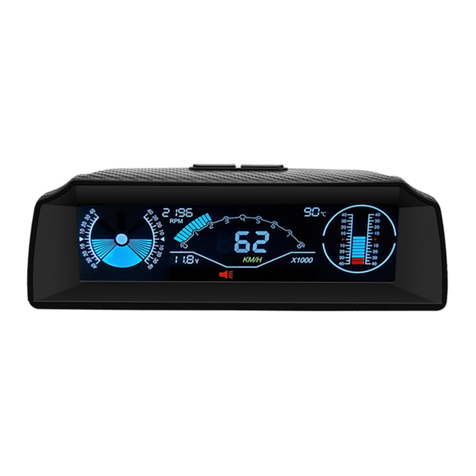
AU Tool
AU Tool X90 User manual
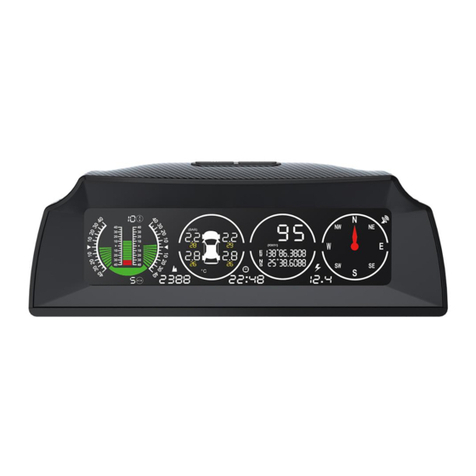
AU Tool
AU Tool X91 TPMS User manual

AU Tool
AU Tool BT60 User manual
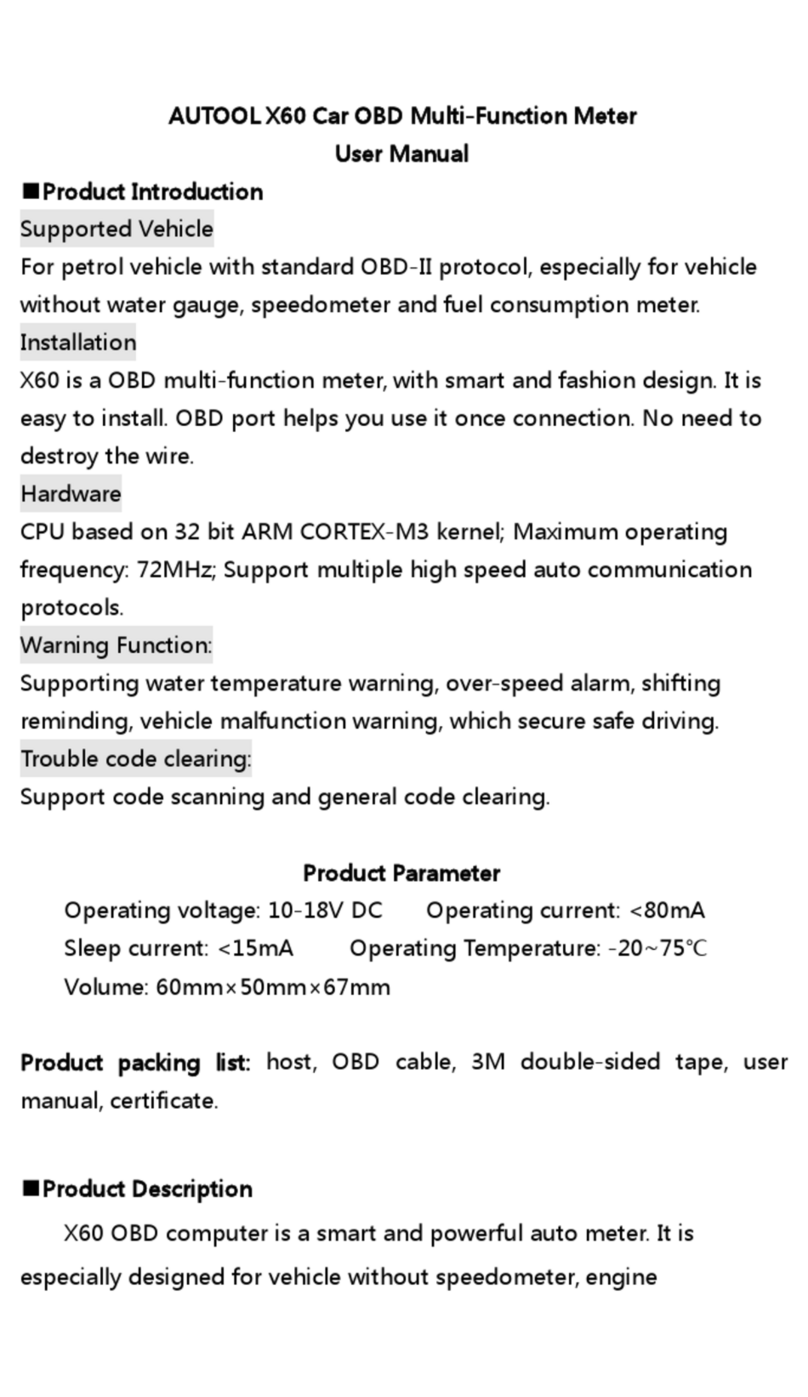
AU Tool
AU Tool X60 User manual
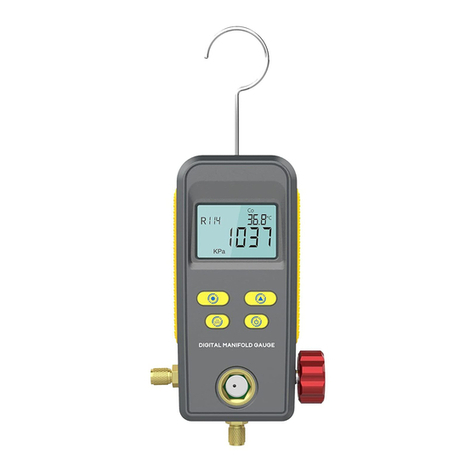
AU Tool
AU Tool LM110 User manual

AU Tool
AU Tool X90 User manual
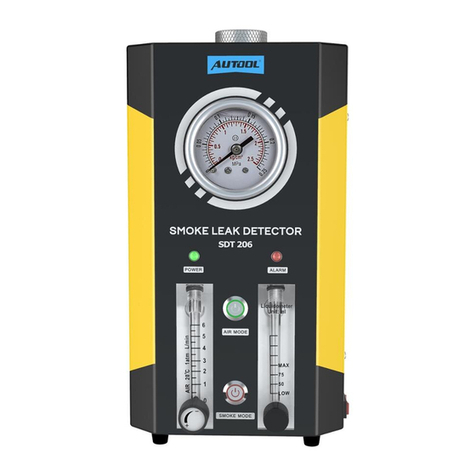
AU Tool
AU Tool SDT 206 User manual
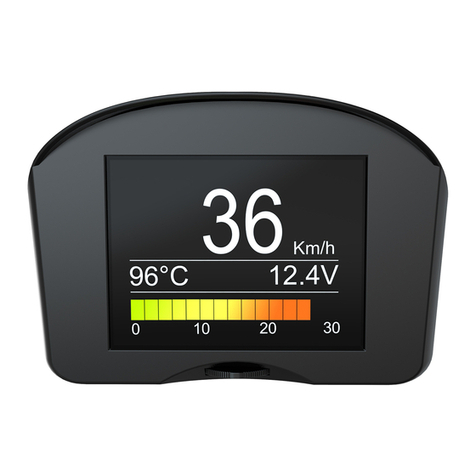
AU Tool
AU Tool X50 Plus User manual
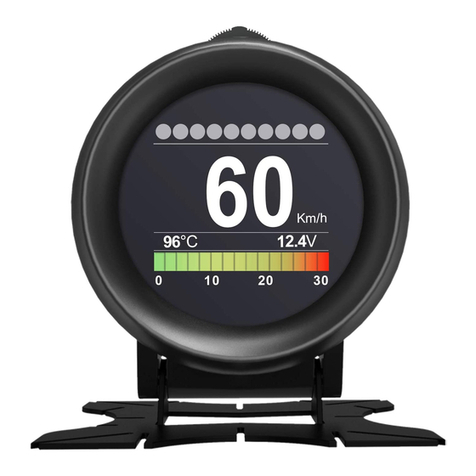
AU Tool
AU Tool X60 User manual
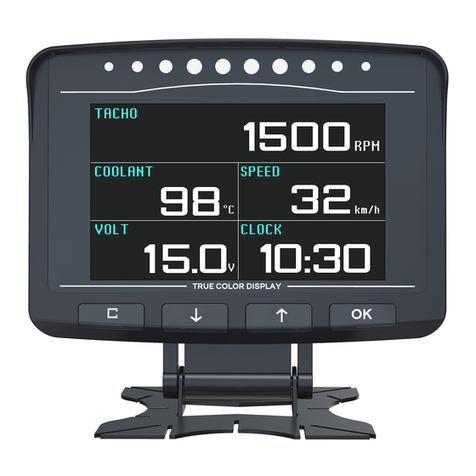
AU Tool
AU Tool X50 PRO User manual
